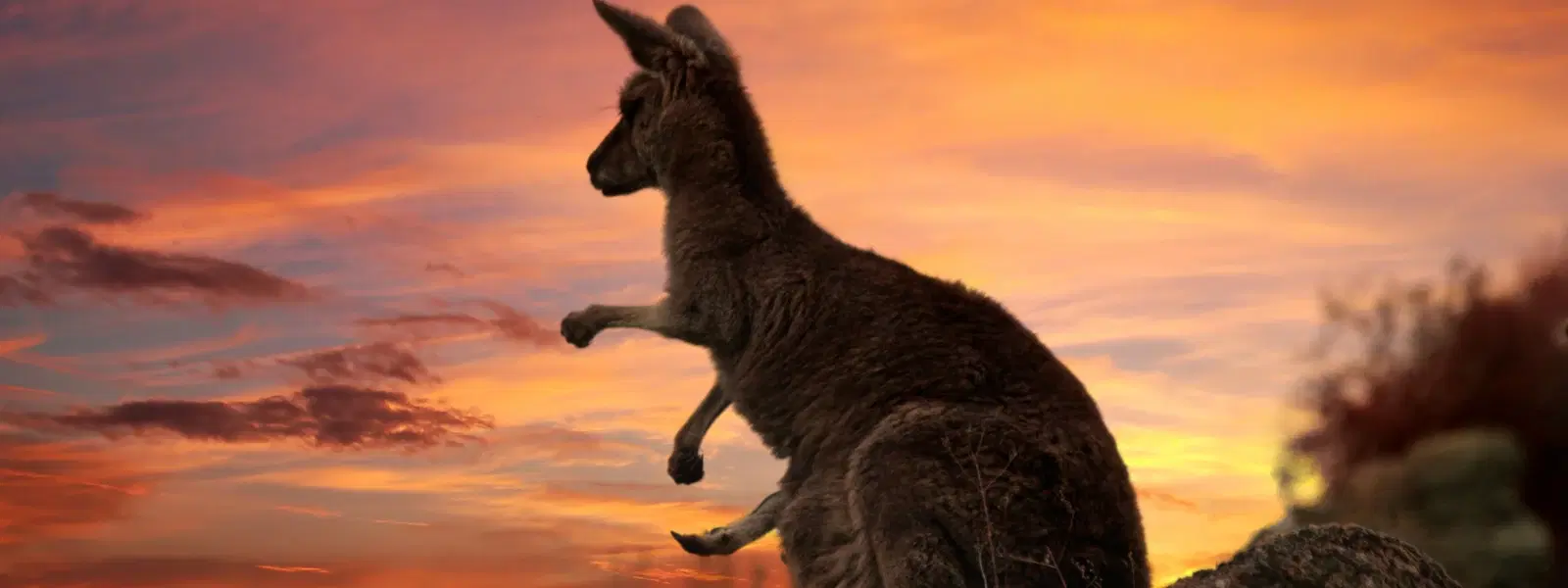
Hotels
•04 min read

Dibru Saikhowa National Park in Assam offers an enchanting blend of natural beauty and mystery. This ecological haven is not just a wildlife sanctuary known for its breathtaking flora and fauna; it is also home to the unique feral horses of Dibru Saikhowa. In this article, we dive deep into the frequently asked questions about this captivating park, unravel the story of its feral horses, and explore the rich biodiversity that makes this destination a must-visit for nature enthusiasts and eco-tourists alike. Readers will leave with a deeper understanding of the park's ecological significance, the habitat of its wild horses, and the ongoing conservation efforts designed to protect both its wildlife and natural heritage.
Located in the Tinsukia district of Assam, Dibru Saikhowa National Park is one of the most treasured natural sanctuaries in India. Renowned for its incredible biodiversity, the park is home to a rich variety of flora and fauna that speaks volumes about the importance of this region in maintaining ecological balance. Visitors can witness a fusion of lush wetlands, dense forests, and meandering rivers that create an ideal habitat for the park’s diverse species, making it a true gem among Assam national parks.
The feral horses of Dibru Saikhowa have a story that piques curiosity and admiration. These horses, which descend from once domesticated animals that were abandoned during severe floods, have adapted remarkably to the wild conditions of the park. Unlike wild horses found elsewhere, feral horses in Assam present a unique blend of tameness and wild instinct, a rare phenomenon that adds a distinct charm to the park’s wildlife. Their very presence is a living testament to nature's ability to adapt and thrive amidst challenges.
The landscape of Dibru Saikhowa is both nurturing and protective, offering a dynamic habitat for its feral horse population. The gentle, sprawling wetlands and natural watercourses present a perfect balance of shelter and nourishment. This physiography not only supports the survival of the feral horses but also nurtures a myriad of other species that together weave the rich tapestry of Dibru Saikhowa biodiversity.
Beyond the famed feral horses, the park is a sanctuary for many endangered species and native wildlife. Common sightings include rare birds, reptiles, and mammals that are seldom found in other parts of the state. Serving as a wildlife sanctuary in Assam, Dibru Saikhowa reflects the state’s commitment to protecting its natural legacy, making it an ideal destination for researchers, nature lovers, and the wanderer looking to experience untouched beauty.

Despite its rich natural heritage, Dibru Saikhowa is not immune to environmental challenges. The feral horses face serious threats such as shrinking habitats, climate change, and human encroachment. These issues mirror the broader challenges to Dibru Saikhowa biodiversity, where multiple species are affected by rapid environmental changes and habitat degradation. As the natural balance is disrupted, understanding and addressing these threats becomes crucial for conservation.
Conservation initiatives in Assam aim to protect the delicate ecosystem of Dibru Saikhowa. Efforts range from habitat restoration programs and anti-poaching measures to active engagement in wildlife conservation in Assam. Eco-tourism in Dibru Saikhowa serves a dual purpose: it not only helps fund these initiatives but also educates visitors on the importance of preserving nature. Such integrated approaches ensure that both the feral horse population and the wider wildlife community continue to flourish in this unique national park.
Visitors to Dibru Saikhowa can immerse themselves in an authentic eco-tourism experience. The park offers the chance to partake in guided wildlife spotting tours, nature walks, and silent treks through its serene wetlands. This experience is especially appealing to the wanderer and the planner alike, who value both adventure and a well-organized journey. As you traverse the varied landscapes, the sights and sounds of the park’s Dibru Saikhowa flora and fauna remind you why sustainable travel is so essential.
To ensure that every visit to this enchanting park contributes to conservation efforts, it is important for tourists to engage in responsible tourism practices. Simple steps such as avoiding plastic waste, respecting wildlife, and adhering to local guidelines help reduce human impact on the habitat. Being mindful of your actions not only preserves the beauty of the park for future visitors but also safeguards the legacy of its captive feral horse population and Dibru Saikhowa wildlife.
The feral horses of Dibru Saikhowa are believed to have descended from domesticated horses that were abandoned during floods decades ago. Over time, they adapted to the wild, creating a unique population found nowhere else in India.

Feral horses in Dibru Saikhowa are a unique population of horses that originated from domesticated horses abandoned during floods and have since adapted to living in the wild.
Dibru Saikhowa National Park in Assam is renowned for its distinctive feral horse population.
Dibru Saikhowa is famous for its feral horses, its rich biodiversity, and its role as a wildlife sanctuary in Assam.
The park is located in the Tinsukia district of Assam, India, serving as a proud representative of Assam national parks.
The feral horse population is small and faces ongoing environmental threats, including habitat loss and climate change.
Dibru Saikhowa National Park stands as one of India’s truly unique ecological havens. Home to the fascinating feral horse population and an abundance of diverse wildlife, the park embodies natural beauty and the challenges of modern conservation. Eco-tourism and responsible visitor practices play vital roles in preserving this treasure trove of biodiversity. By understanding the park's story and the hurdles it faces, travelers can appreciate the necessity of wildlife conservation in Assam and contribute to its future protection.